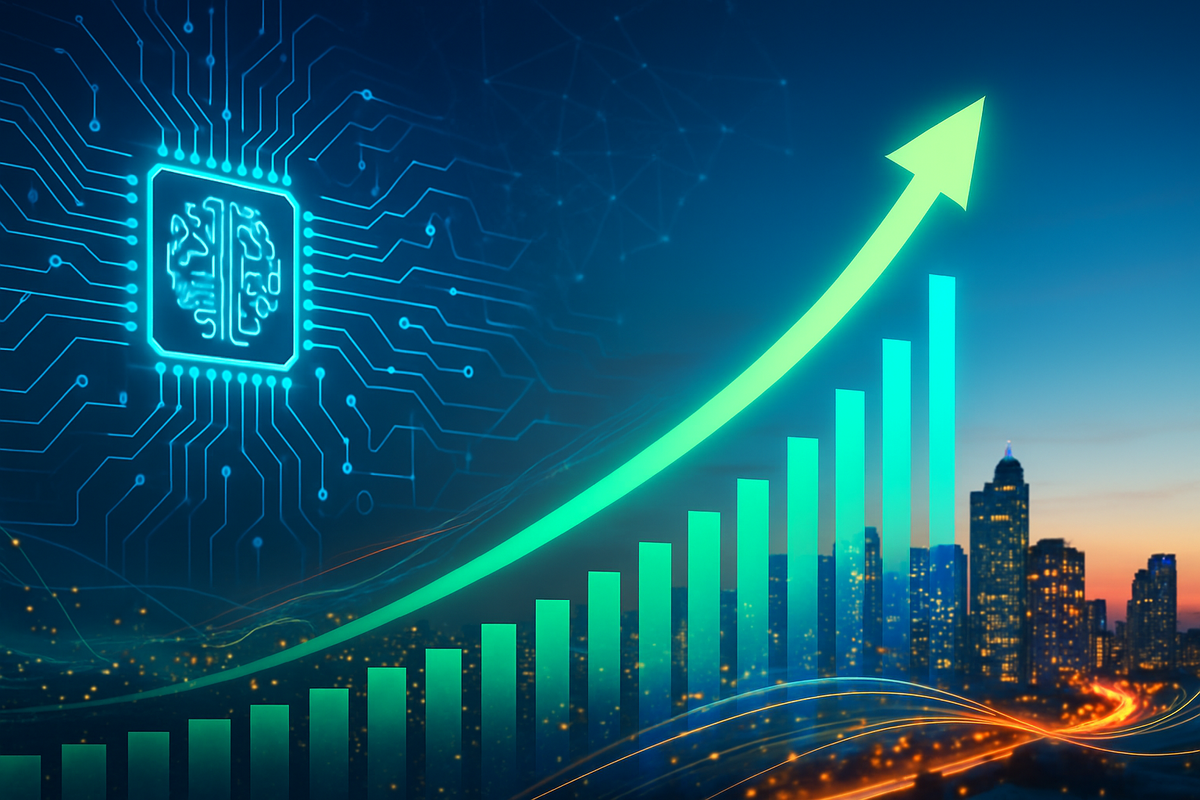
Deep Dive into Southeast Asia’s Stock Market Trends for 2025
Capital Personal – In every era, global markets move in cycles. Sometimes the world economy expands with optimism; sometimes it slows as uncertainty rises. Yet in 2025, investors, policymakers, business owners, and everyday workers find themselves in a unique moment. Digital transformation, energy transition, geopolitical shifts, and new consumer behavior are shaping a future unlike decades before. Because of that, curiosity around global market trends analysis continues to rise across countries and industries.
Interestingly, this isn’t just a conversation among economists or hedge fund managers. A young remote worker in Manila checks financial apps daily. A factory engineer in Vietnam starts investing in ETFs. A mom running a home business in Indonesia studies inflation videos on TikTok. In short, a new wave of everyday observers joins the long-term financial discussion. As a result, global market trends analysis becomes a part of daily thinking, not only boardroom planning.
Moreover, technology helps knowledge spread faster than ever. Instead of waiting for newspapers, millions now learn from digital dashboards, AI assistants, podcasts, and online communities. With more voices watching global indicators, market awareness grows, and so does the demand for clear and practical understanding of where the world is heading.
International institutions estimate global growth hovering around 2.8%–3.2%, driven by resilience in Asia, steady recovery in Europe, and gradual normalization in North America. Although inflation remains a concern, many countries now manage it better than during the pandemic peak period. Therefore, confidence improves slowly, and traditional sectors reconnect with digital innovation to support expansion.
At the same time, countries focus more on regional alliances, supply-chain independence, and digital trust. These forces push global market trends analysis into a new era where geopolitics, energy security, and data sovereignty influence investment decisions.
Artificial intelligence, automation, cyber security, and data-driven industries continue to grow. More businesses adopt AI tools to boost efficiency, reduce costs, and increase productivity. Consequently, technology stocks and cloud infrastructure providers maintain investor attention.
Wind, solar, EV batteries, and hydrogen fuel systems gain momentum as countries reduce carbon footprints. Governments and private sectors collaborate, making this topic essential within global market trends analysis.
Companies diversify sourcing beyond single-country dependency. Southeast Asia, India, and Latin America benefit from manufacturing relocation, strengthening industrial growth.
People spend more on digital lifestyles, wellness, sustainable products, and experience-driven services. This transformation forces brands to rethink marketing, product development, and customer engagement strategies.
Altogether, these forces form the backbone of global market trends analysis across developed and emerging economies.
Asia continues to play a major role in global development. The region hosts strong consumer markets, young workforces, and expanding digital economies. China remains influential in technology and production, while India accelerates digital infrastructure and startup growth. Meanwhile, Southeast Asia enjoys rising middle-class consumption and manufacturing investment.
Because of these dynamics, global market trends analysis often highlights Asia as the future center of global commerce.
Tech innovation no longer sits at the edge of business planning; instead, it sits at the heart of long-term strategy. Cloud computing supports remote work and logistics. Cyber security protects government and banking systems. Fintech expands financial access. Healthtech improves medical services. Edtech democratizes learning. Ultimately, AI integrates into everything.
Therefore, investors and entrepreneurs who include technology in global market trends analysis build stronger strategies and reduce risk exposure.
People shop differently today. Rather than simply purchasing a product, they look for convenience, speed, personalization, and transparency. They research online, read reviews, compare prices, and choose brands with trusted values. Consequently, companies with clear digital engagement win more attention.
In addition, consumers care about sustainability, wellness, and ethical production. These trends push brands to innovate packaging, reduce emissions, and improve labor standards. Without this shift, a business may lose loyalty quickly, which adds critical weight to global market trends analysis for long-term competitiveness.
Every opportunity comes with risk. To build a balanced perspective, analysts pay attention to:
Geopolitical tension
Currency fluctuation
Inflation cycles
Oil and commodity volatility
Regulatory changes
Tech sector competition
Climate and supply chain disruptions
Because global markets move fast, constant adjustment is needed. That explains why global market trends analysis helps individuals and institutions maintain clarity during uncertainty.
To navigate this evolving landscape, these themes gain traction:
Diversification across regions and asset classes
Steady dollar-cost averaging
Allocation to innovation sectors
Growing interest in sustainability investing
Stronger attention to defensive assets
Inclusion of ETFs for long-term strategy
Through disciplined execution, investors stay aligned with global market trends analysis without emotional or speculative decisions.
Behind every chart, forecast, and policy, there are human lives. A student saving for future dreams. A young couple planning a home. Parents preparing for children’s education. Entrepreneurs expanding to new markets. Everyone seeks stability and progress. That emotional motivation explains why financial awareness rises everywhere.
Eventually, success in understanding global market trends analysis is not only about making money. It is also about building financial confidence, reducing fear of uncertainty, and creating a more stable foundation for generations ahead.